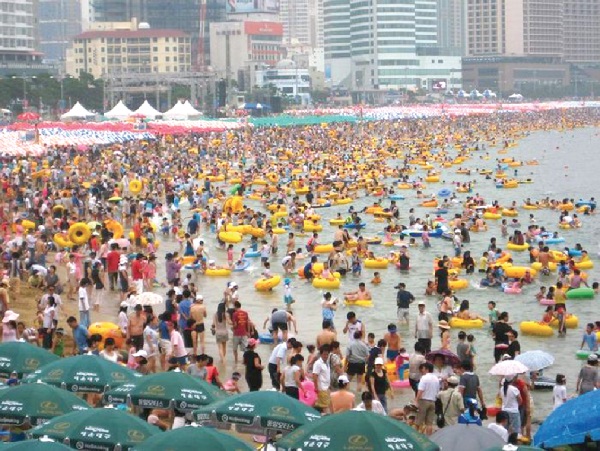
That thing called ‘Carrying capacity’
Like many of us, the tourist comes and goes; visiting attraction after attraction without a care for certain concepts in the industry. Even for many tourism workers, these principles are vague and seemingly out of their world.
Advertisement
One such concept is ‘tourism carrying capacity.’ Whether we are aware of it or not its considerations affect our participation in the field both as customers or practitioners.
Tourism carrying capacity is defined by the World Tourism Organisation as the maximum number of people that may visit a tourist destination at the same time, without causing destruction of the physical, economic, socio-cultural environment and an unacceptable decrease in the quality of visitors' satisfaction”.
Others define it as the level of human activity an area can accommodate without the area deteriorating, the resident community being adversely affected or the quality of visitors experience declining.
These definitions imply that carrying capacity is the point at which a destination or attraction starts experiencing adverse effects as a result of the number of visitors.
To break it down, carrying capacity is a measure of the maximum number of tourists that can use a tourism resource (which could be a resort, beach, attraction, town or any other kind of tourism destination), before unacceptable changes in the destination take place.
The rationale for the idea is safety, maintenance and sustainability.
Think of any tourist attraction you have experienced and enjoyed. How would your experience have been if there were insupportably more people at the place at the same time? Getting the idea? By extension, tourism carrying capacity is also to clamp down on quick and easy profiteering by destination managers.
Again, think of any unfortunate incident at any tourist attraction you could recall. Would it have been less tragic if there were less people in attendance at the time? The concept was developed around these and other such issues.
There is however, a little knotty factor in this concept of carrying capacity in tourism. The notion originally came from the natural sciences where it had been used to measure stocking limits in livestock management or the capacity of a rural area to accommodate the introduction of new species.
Specifically, it is founded on the experience of pastural agriculture – where it was observed that a pasture could support in perpetuity a particular number of cattle.
If this threshold was exceeded, the supporting system was damaged, often to the point where it could no longer support grazing at all. Carrying capacity measures what level of use is sustainable. But tourism is more dynamic than the fixed and measured variables of the sciences, won’t you say?
For instance, the maximum number of tourists can refer to multiple factors, including the environment, local support for the tourism industry, economic development and tourists own perceptions of overcrowding. The scientific, practical roots of carrying capacity have meant that it is falling out of favour in the tourism studies field.
When applied to particular ecosystems or communities the concept of carrying capacity has value, particularly because it draws attention to limits and thresholds. In addition to this, the principles helped to inform the emergence of sustainable tourism, which in itself is supported by environmental considerations.
Sustainable tourism tends to see destinations as made of up of a mix of local and global influences and has come to be dominated by environmental issues, especially the issues connected to carbon and global climate change.
Communities depend on many attributes of an environment – resources, aesthetics, maintenance of flora and fauna, access to shoreline, ambience of a community and ability of a site to support active uses (e.g., sports). Each has its own response to different levels of use. Each has its own particular dependence on certain attributes of the ecological and social system.
The impact of human activity on any ecosystem may be gradual, and may affect different parts of the system at differing rates. While some key functions supported by an ecosystem may have precipitous thresholds (e.g., removal of habitat for fragile or endangered species), others (e.g., water quality) may degrade gradually in response to different use levels. Like ecological systems, social systems may also have sudden thresholds – when the limits of community tolerance are breached.
In application, carrying capacity, is very localised and specific as it attempts to measure the impacts of tourism on specific destinations or attractions. However it is a concept that has become quite debatable in recent in recent times.
To be continued next week
The writer is a Communication Specialist and a Faculty Member of Central University.




